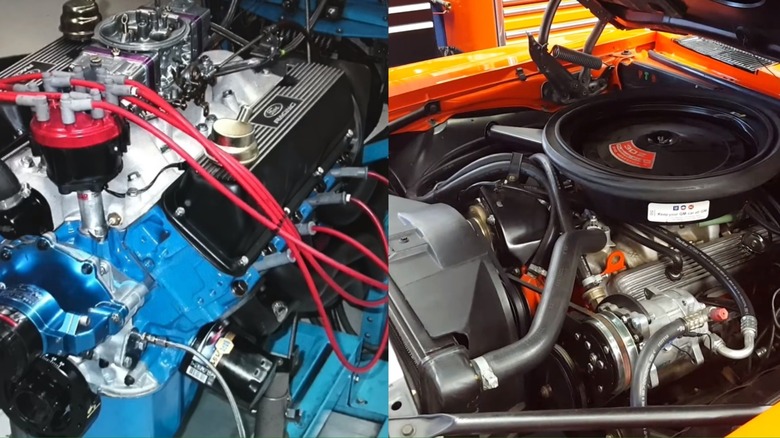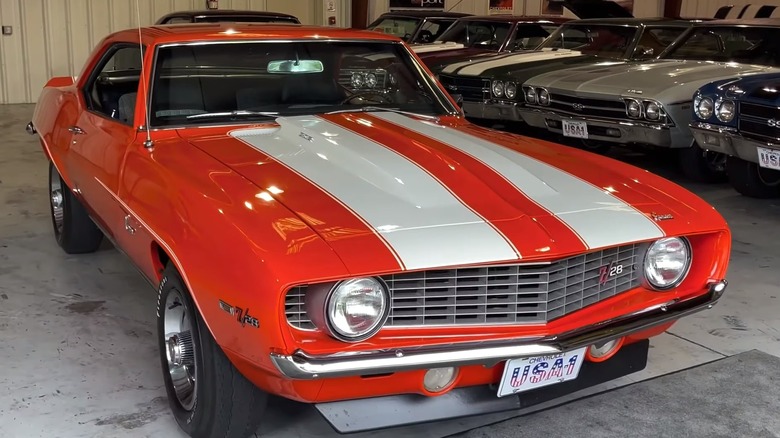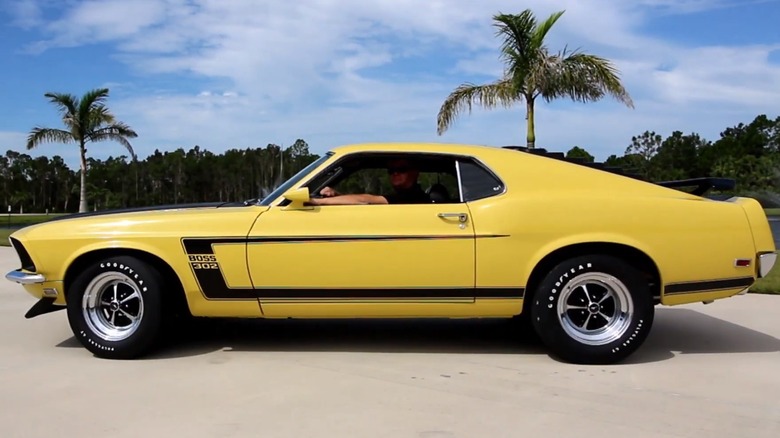Ford Boss 302 Vs Chevy Z28 302: Which Is The Better Engine?
The year was 1969, and the muscle car era delivered some of the best factory stock performance ever. A rivalry that began just a few years prior with the launch of the 1967 Chevrolet Camaro Sport Coupe was heating up as Ford and Chevy went head-to-head. There was the 1969 Ford Mustang Boss 302 and the 1969 Chevy Z28 DZ302, backed up by ardent supporters on both sides who claimed their muscle car was superior.
The reality is that both Ford and Chevy made a significant contribution to automotive history that year, and these models are still popular with collectors today. But in terms of engines, which car had the advantage, and what factors tipped the scale one way or the other? Both engines are 302ci small block V8s, but is that where the similarities end? No one can deny the thrill and satisfying throaty growl of a big engine, especially from the greatest American V8 engines ever made.
Horsepower, compression ratio, and cylinder heads
On paper, both the Boss 302 and Z28 DZ302 generate 290 horsepower, but this may only tell part of the story. The automakers advertised these figures, but many enthusiasts insist the numbers were intentionally lowered due to insurance-related factors. In fact, according to HowStuffWorks, the Chevy Z28 DZ302 was capable of closer to 400 total horsepower based on dynamometer testing. Fans of the Boss 302, in turn, insist that the 290 figure is low and inaccurate, making an apples-to-apples comparison more challenging.
Compression ratio is another important factor in determining engine performance, with higher numbers able to generate more output. The Boss 302 offered a 10.5:1 compression ratio. However, the Z28 DZ302 produced a slightly better 11.0:1 ratio, suggesting it was capable of more power. However, the Boss 302 was outfitted with specialized cylinder heads, enabling more efficiency and enhanced performance. Ford and Chevy were highly competitive during this time, and the 1969 Mustang Boss was meant as a direct shot at the up-and-coming Chevy Camaro.
The verdict
The Z28 DZ302 was designed to drive a bit differently than Ford's Boss 302 in that it wasn't as quick off the line but excelled at top-end performance. Chevy designed the engine this way intentionally to help the Z28 dominate in the Trans-Am championship. While technically, the Mustang posted quicker 0 to 60 times, some would argue the Z28 felt faster, especially at higher RPMs, and this sentiment may have influenced its sales. According to Heacock Classic, Chevy moved 20,302 Z28s in 1969, although only a limited number of Boss 302 Mustangs were manufactured that year.
While the Z28 DZ302 featured camshaft timing that enabled more power at higher RPMs, along with a large bore and short stroke, it fared less well in terms of airflow. The Boss 302 had a greater airflow rate through the intake and exhaust. Higher airflow meant that the Boss 302 could support substantially more horsepower than the DZ302. While these are both great engines, the Boss 302 edges out the Chevy DZ302 to become the superior engine. For fans of this era in automotive history, there are several fast muscle cars that are easy and cheap to maintain that you can add to your collection.


